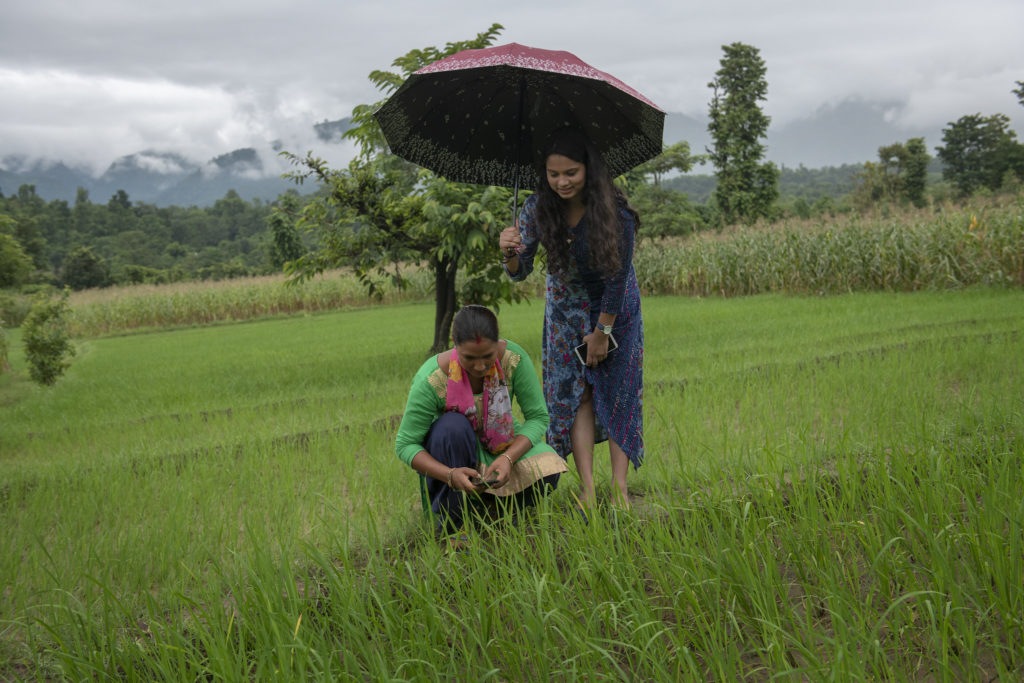What’s next for CGIAR?
In 2019, a working group comprised of CGIAR funders and center and program made recommendations of possible improvements to the efficiency of CGIAR. Here´s a look at what’s ahead for the “One CGIAR” overhaul.
If you don’t know what CGIAR is, stop reading or ask Bill Gates. CGIAR, with its 15 research institutions around the world, mostly in the Global South, is on a reform path. Some old hands will smile, again? Yes, again. Some institutional reform gurus will applaud: you should never stop renewing and reinventing yourself.
CGIAR is a global research partnership for a food secure future dedicated to reducing poverty, enhancing food and nutrition security, and improving natural resources. It is basically behind the Green Revolution but has expanded post-Rio (1992) beyond the improvement of the major global food crops (and animals) to include forests and agroforestry, biodiversity and water management, and general tropical agricultural systems. It is funded by a large group of donor countries and some foundations, such as the one of Bill & Melinda Gates.
Last year a working group from across the system (funders, research centers, and programs) was asked to look at possible improvements to the efficiency of the system. To everybody’s surprise they agreed not to tweak the system, but suggested a complete overhaul to “One CGIAR”.
The five recommendations, now unanimously agreed by the principal funders, are the following:
- One compelling SDG2 research strategy and program for 2022-2030 around five impact areas: nutrition, poverty, gender, climate, and environment.
- One unified governance structure around a Common Board and an empowered executive management team.
- Institutional integration with integrated operational structures, one set of system policies and services (like HR, audits, financial management etc.), and crucially, One CGIAR at country and regional level, coming together locally to make a real difference not just around the research project, but servicing country needs and challenges.
- All of which requires a new research modality structure.
- And requires donors as well to behave collectively with more and pooled funding (targets 50% pooled funding by 2022 and 70% pooled funding by end 2024).
Would it stand a chance? How to agree among 15 independent research centers, chasing their own interest rather than their collective power, to trade some of their independence not only for the sheer survival of the group and several of the smaller centers, but even more importantly to live up to the impact on poverty and food security that we all need?
Read the full blog post here.
March 4, 2020
Wijnand van IJssel
Senior Advisor Food Security
Ministry of Foreign Affairs of The Netherlands
The Hague The Netherlands
Latest news







Great decision..it will enhance integration among the 14 institutions, increase impact of collective wisdom, boots harmony and save resources utilization. CGIAR shall have center in UAE and/or Pakistan